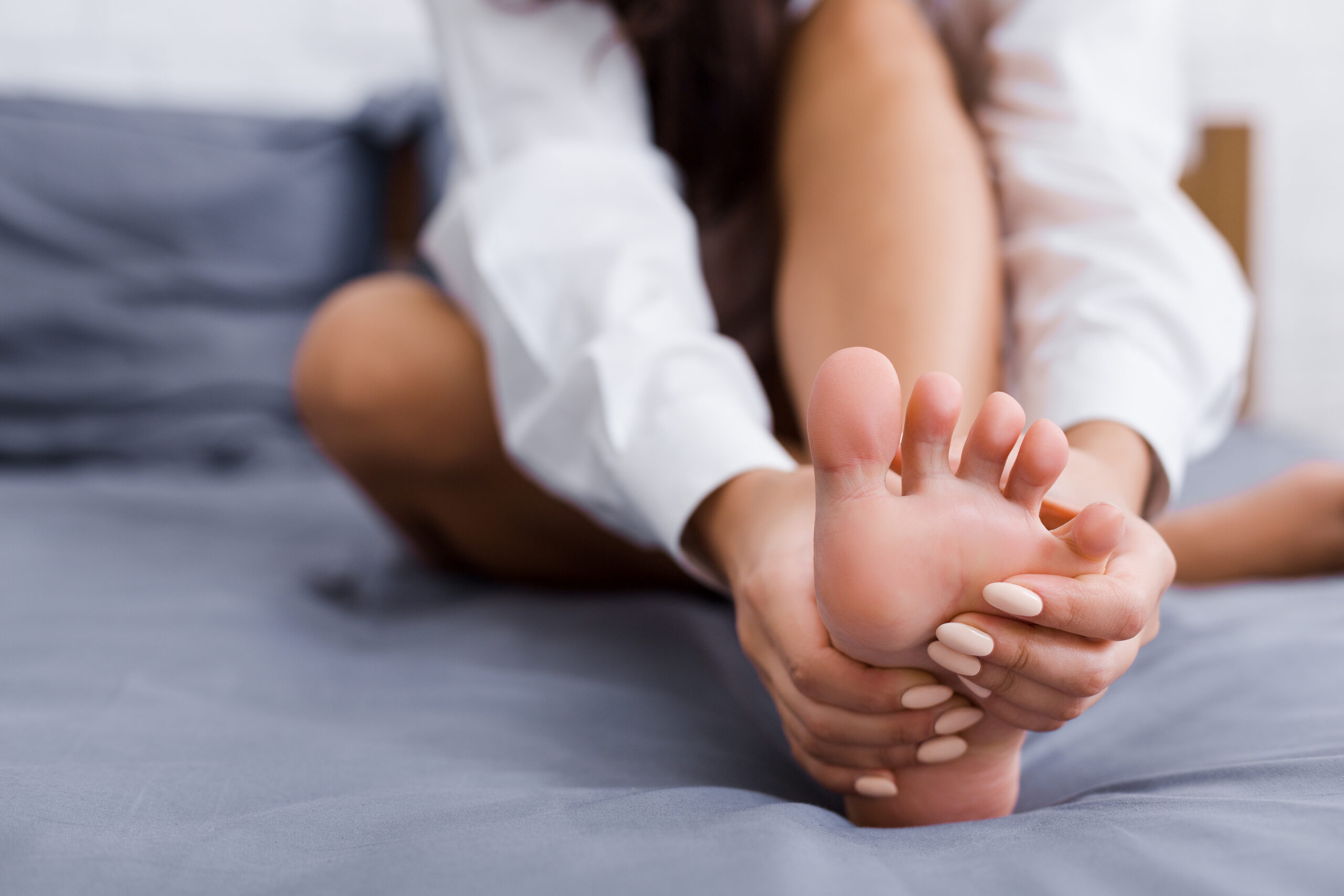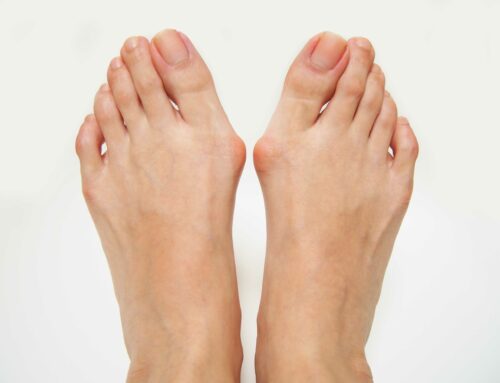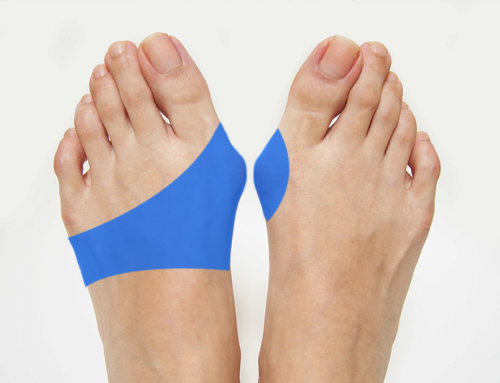If you’ve noticed a painful bump forming near the base of your pinky toe, you might be dealing with a tailor’s bunion—also known as a bunionette. While most people are familiar with traditional bunions, tailor’s bunions are less talked about but can be just as uncomfortable. So what causes this condition? And more importantly, how can you prevent it from getting worse? Let’s break down the most common tailor’s bunion causes and what you can do if you’re already feeling the pressure.
What Is a Tailor’s Bunion?
A tailor’s bunion is a bony bump that develops on the outside of the foot, right at the base of the fifth (pinky) toe. It’s similar to a regular bunion but occurs on the opposite side of the foot. The name comes from historical tailors who often sat cross-legged for long periods—putting pressure on the outer edge of the foot.
Tailor’s bunions can lead to swelling, redness, pain while walking, and difficulty finding comfortable shoes. While some people are more genetically prone to developing them, there are several external causes you’ll want to watch out for.
Top 4 Tailor’s Bunion Causes
1. Wearing Narrow or Tight Shoes
Shoes that squeeze the toes together—like pointed flats or high heels—can gradually push the bones in your foot out of alignment. Over time, this pressure can cause the fifth metatarsal bone to shift outward, creating that familiar bunionette bump.
If you have a predisposition to foot conditions, poorly fitted shoes can accelerate the development of a tailor’s bunion significantly.
2. Genetic Foot Structure
Some people are simply born with foot structures that make them more likely to develop tailor’s bunions. This includes a naturally wide forefoot, an outward-angled fifth metatarsal, or unstable joints.
If bunions run in your family, it’s a good idea to be proactive with your footwear and foot care habits—even if you’re not currently experiencing symptoms.
3. Overpronation or Foot Imbalance
When your foot rolls inward excessively (overpronation), it can cause uneven weight distribution. This extra stress on the outer part of the foot can worsen conditions like a tailor’s bunion.
Imbalances in your walking pattern or arch structure—such as flat feet—can also add strain to the outside of the foot over time.
4. Frequent Pressure or Repetitive Movements
Tailor’s bunions are often aggravated by activities that involve frequent pressure or impact on the side of the foot. Runners, dancers, and people who spend long hours on their feet may be more susceptible.
Even something as simple as sitting cross-legged regularly (just like the tailors of the past!) can add to the pressure.
When to Seek Help for a Tailor’s Bunion
If you’re experiencing pain, swelling, or difficulty walking due to a tailor’s bunion, it’s best to address it early. Left untreated, the condition may worsen and start interfering with daily activities.
Many people try orthotics, padding, or switching shoes, which may help in the short term. But for lasting relief—especially if your bunion is progressing—surgical treatment may be the most effective option.
At The Bunion Cure, we specialize in minimally invasive foot surgery that corrects both traditional bunions and tailor’s bunions. Our advanced procedure allows patients to walk out the same day—no crutches, no long downtime, and no permanent hardware.
Get Back on Your Feet—Comfortably
Tailor’s bunions may be small, but they can cause major discomfort if ignored. If you’re dealing with persistent pinky toe pain or a visible bump, we’re here to help.
Schedule a free consultation today to find out if our minimally invasive procedure is right for you. At The Bunion Cure, we help you walk pain-free—one step at a time.

Reviewed By Dr. Sullivan
Dr. Jordan Sullivan, DPM, is a board-certified podiatrist at Northwest Surgery Center specializing in minimally invasive foot and ankle procedures. He’s passionate about helping patients get back on their feet faster with less downtime.
Learn more about Dr. Sullivan here.





